CLOSE
inspiring you is my passion
REGGIO INSPIRED PRACTICE GUIDE
CONTACT VERONICA
LOOSE PARTS PLAY GUIDE
FREE RESOURCES
PROFESSIONAL TRAINING
FOR ECE'S
FOR TEAMS
from my perspective
this way to the blog!
TOOLKIT
Documentation
Templates
WORKSHOPS
CUSTOM TEAM BUNDLE
FREE TRAINING - POSSIBILITIES OF LOOSE PARTS
shop
CLOSE
inspiring you is my passion
EDUCATOR LIBRARY
CONTACT VERONICA
FREE LOOSE PARTS GUIDE
RESOURCES
PROFESSIONAL TRAINING
FOR ECE'S
FOR TEAMS
TOOLKIT
Documentation
Templates
WORKSHOPS
DIGITAL PD LIBRARY
LIVE WORKSHOPS
FULL DAY PD
FREE TRAINING - POSSIBILITIES OF LOOSE PARTS
New!!!
shop

inspiring & practical ideas
GET STARTED WITH
loose parts play
FREE DOWNLOAD
This guide is loaded with ideas, inventory lists, and resources to support you in conveying the learning that is happening while children play!
I only want creativity filling your inbox, so you'll see inspiration and support dropping in...but not too much!
We respect your privacy. Unsubscribe at any time.
Imagine experiencing that beautiful moment when the children are highly engaged in their play, making choices, constructing new theories and doing this all independently in your early years environment. This is from a well thought out and intentionally planned environment, acting as your co-teacher. The way you layout furniture and display resources creates a voice for you.
What is YOUR EARLY YEARS ENVIRONMENT SAYING?
Is your environment speaking for you in ways that engage children’s innate curiosity, create independence and allow for deeper play?
The early years environment speaks to children, it invites them to engage in the different areas, to make large and small movements, loud and quiet noises, solitary and group play.

The learning environment in the Reggio Emilia Approach is considered the Third Teacher. It is a living organism that evolves, communicates and provokes ideas.
Our learning environments reflect our values and principles as educators. Those guiding lights of how and where we place furniture, what materials we put in the baskets, the colours, shapes and textures we provide all speak to children.
These 10 TIPS FOR YOUR LEARNING ENVIRONMENT will help guide you through questions to reflect on, key items to have accessible for the children, and strategies to keep yourself and your environment organized.
Make sure to grab your FREE guide that goes along with this video. Use the questions at the end as time for self-reflection and create a plan with meaning and intention to get started on curating your third teacher.
After you watch the video, make sure to leave a comment on the blog below and share what you want your environment to say and which tip resonated with you.
10 TIPS FOR YOUR EARLY YEARS ENVIRONMENT
1. FLEXIBILITY IN YOUR ENVIRONMENT
This is my number 1 tip!! Having flexibility is KEY to the environment working for you and the children.
Before you make anything permanent on the walls, ask yourself:
- Can the children utilize this resource in play?
- How can I adhere it to my wall temporarily?
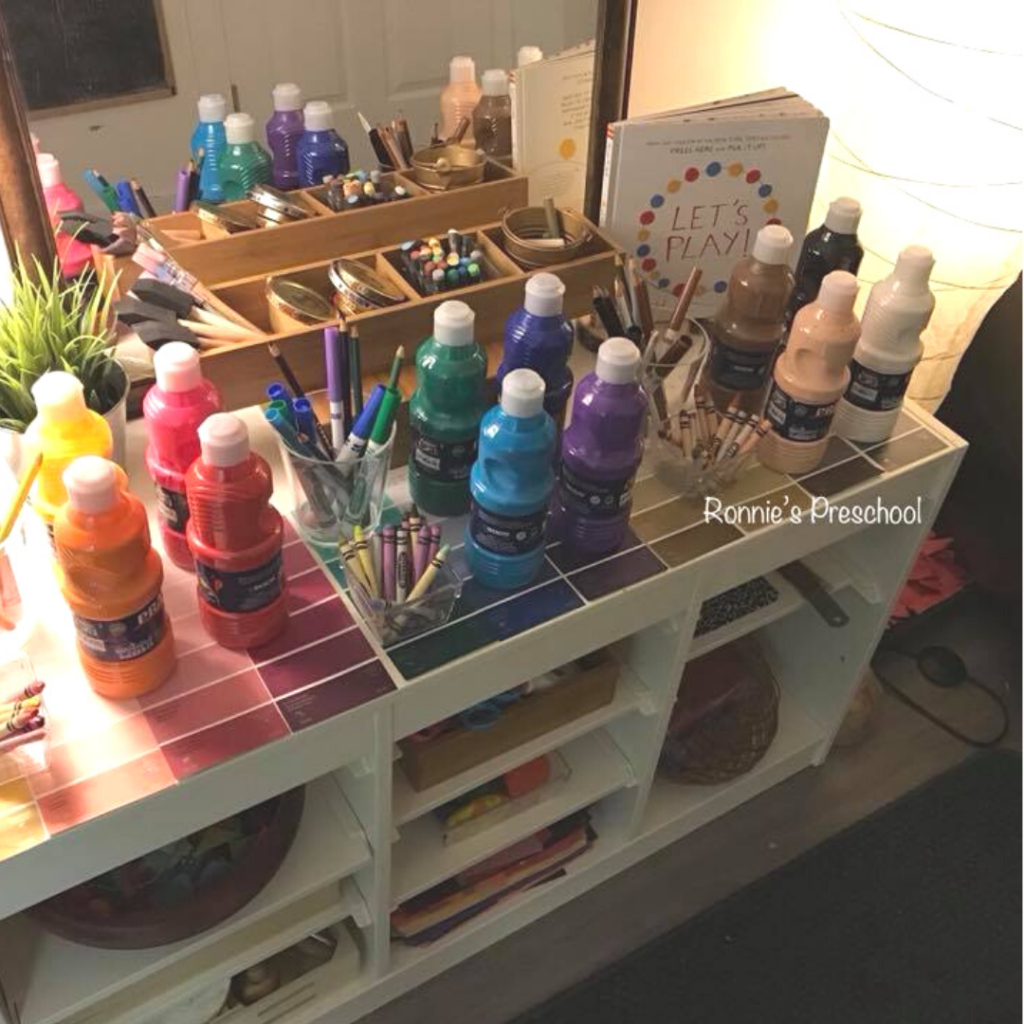
For example, the mirror in this photo is not only for decor but can also be easily taken off the wall to play ontop of! Then can be put back when done. This idea of flexibility is helpful for small or cost effective budgets.
2. DESIGN ELEMENTS
Elements of design for an early learning program:
- quiet spaces away from energetic spaces;
- look at flows of traffic and high traffic areas,
- spaces not being utilized
- where are the social conflicts happening
Most importantly observe your current group of children, watch their patterns, look for types of social and schema play. Plan & implement design changes that are relevant to your group & their needs. Only take inspiration from others, do not directly copy!
3. ACCESSIBLE VS. AVAILABLE
Having a variety of resources accessible at all times will drive children’s curiosity. Ensuring there is meaning & intent behind why these resources are chosen is so important. Children are intrinsically motivated to make their own choices. If the valuable resources are only available through request then this will hinder children’s play.
Questions to ask yourself:
- Based on their current interests are there enough kinds and amounts of resources accessible?
- How can I make more resources accessible without overwhelming the environment?
4. INTELLIGET MATERIALS
Oh the beautiful endless choices. How do you know if it is a quality resource to add? Ask yourself, what are the object affordances? Providing open-ended intelligent materials that have endless ways to be transformed, manipulated and transported bring quality and value to your environment. FREE resources such as scrap fabrics, cardboard tubes, milk lids, boxes and sticks (especially HIUGE ones) are my favourite resources.
If you choose to invest in resources think about:
- use across ages
- longevity of use
- what curiosity did it spark for you

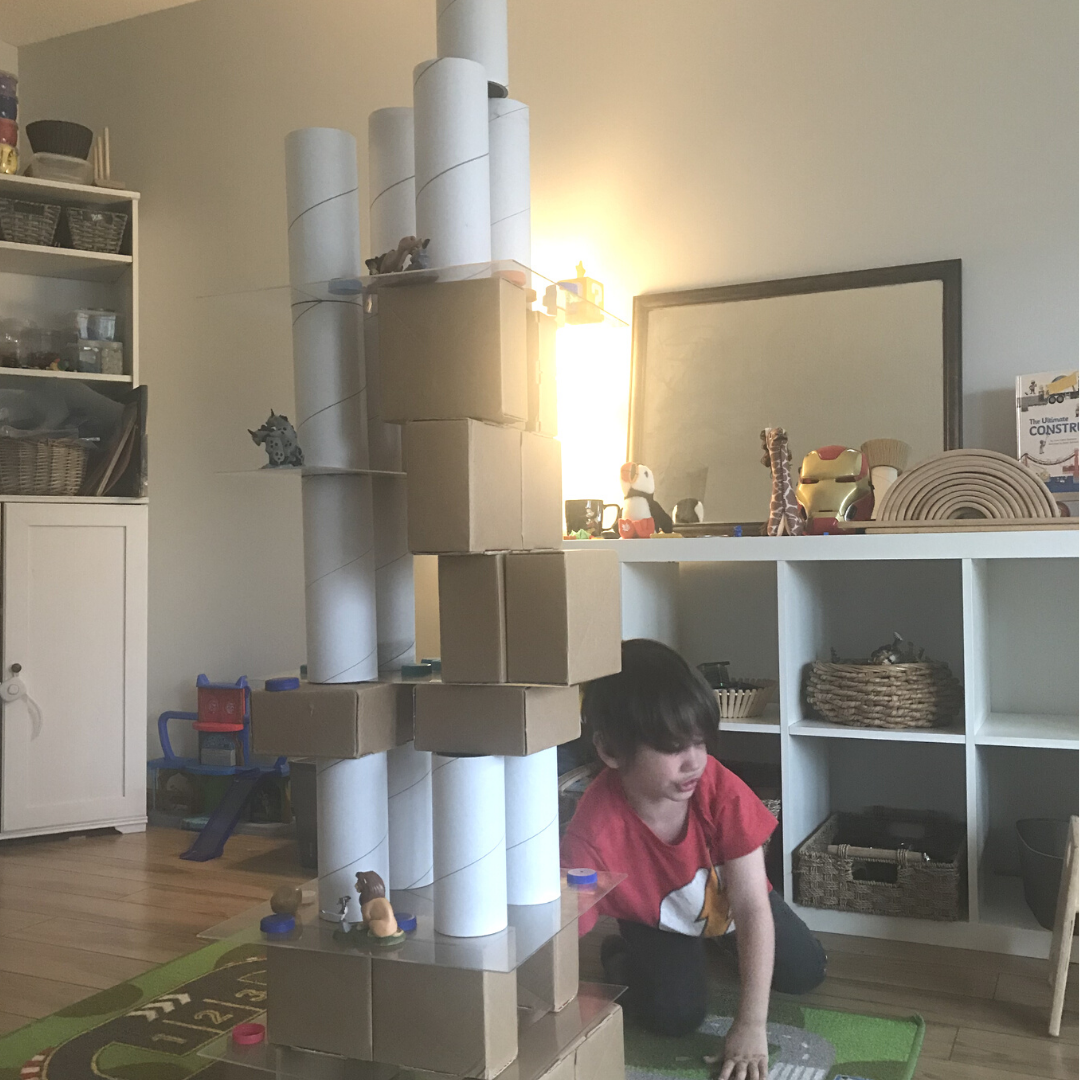

5. LOOSE PARTS IDEAS FOR YOUR EARLY YEARS ENVIRONMENT
I can’t get enough of loose parts!!! These would be my must have loose parts:
- scrap fabrics
- glass stones
- water
- containers
- cardboard tubes
- tires
- kitchen utensils
- rocks
- light/reflective sources
- tree branches
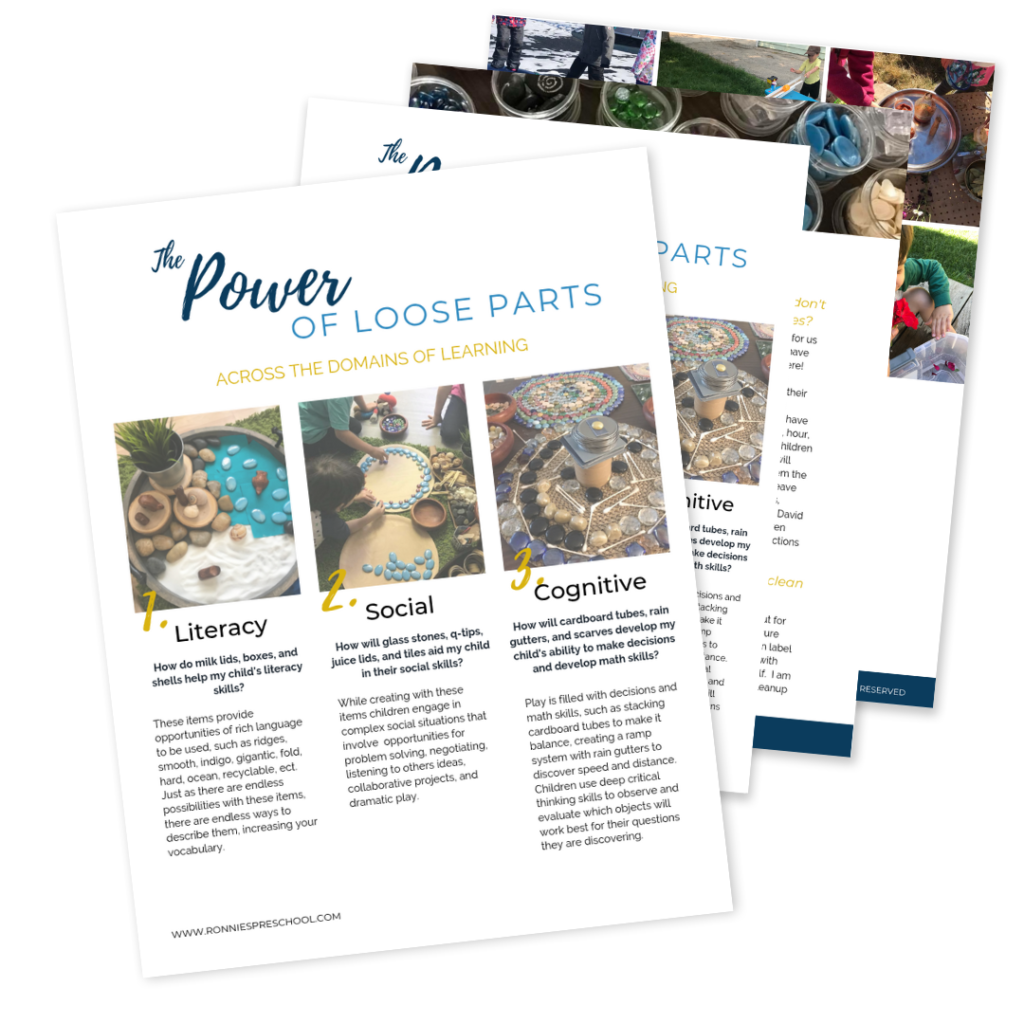
Not Sure What To Collect?
Inside the FREE Loose Parts guide, you’ll find detailed lists of loose parts ideas, inspiring photos and simple strategies to help you use these magical materials in your early years environment!
6. DRAMATIC PLAY AREA
This can be a HIGH TRAFFIC AREA!! Ensuring this is well thought out for YOUR group of children will be key. Consider this to be a space where children come to “feel like home” so having cozy pillows and blankets, pictures of their families on the wall are simple ways to create that. I like to use this area as a hot spot for literacy as it can feel very natural for the children.
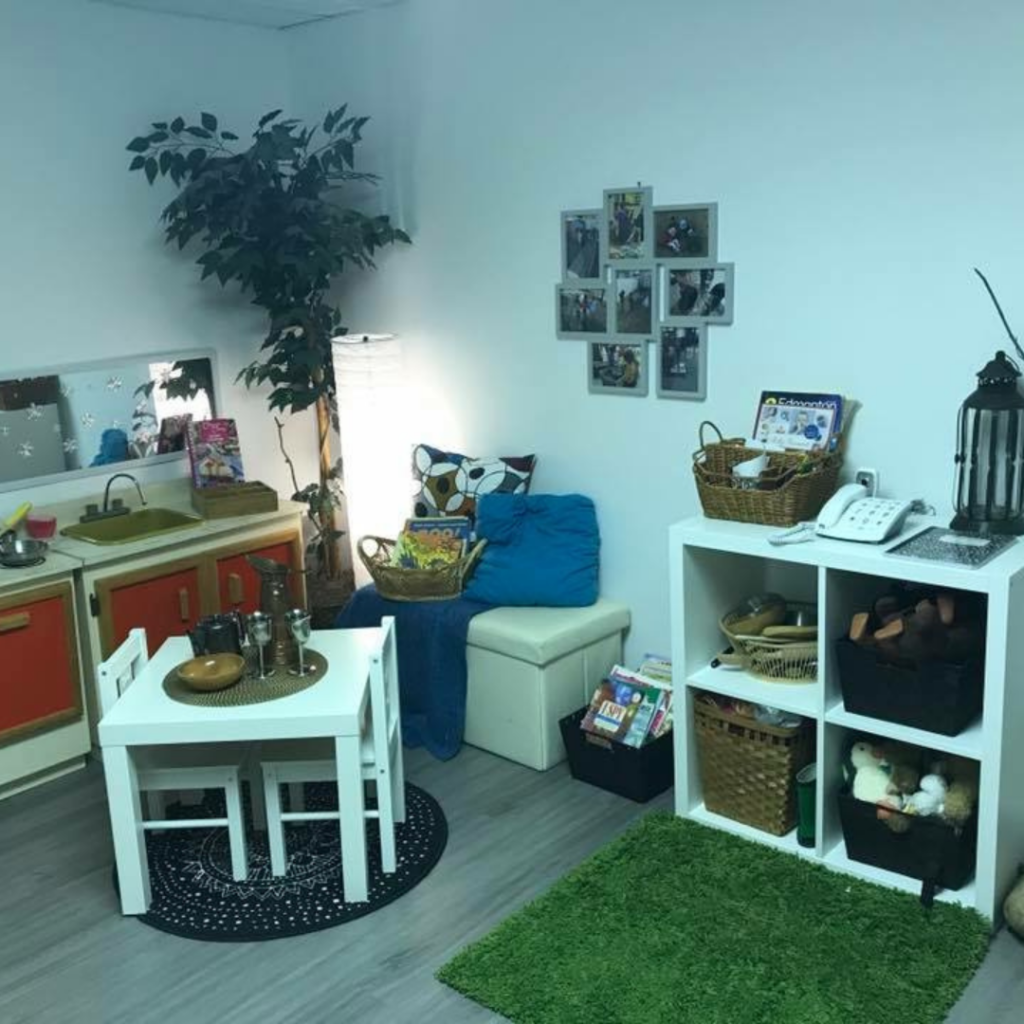
I included these items:
- phone books
- cook books
- note pads, journals, cards, take a message
- calendars
- envelops
- shipping materials including scissors & tape
7. BUILDING AREA
Children have big ideas and need lots of space and time to unravel their plans. At some points we had 2 building areas because 1 wasn’t enough. Our building area and dramatic play areas were used simultaneously and had open flow, compartmentalizing these areas would have hindered their play.

Besides traditional classroom blocks I added these items as well to spark stories & to connect interests from other areas:
- fake greenery
- small loose parts (gems, rocks, lids, buttons)
- tiles, film reels, dvd’s, scrap fabrics
- scrap wood pieces, planks, boxes
8. QUIET/SENSORY AREAS
Sensory nooks and quiet areas are essential throughout the whole day, to make them accessible to multiple children I would have separate baskets for each child who uses it on a regular basis filled with items they use to self-regulate with.
Along with the essentials of:
- pillows, blankets
- dim lights
- other materials to engage the senses



9. OUTDOOR ENVIRONMENT
Discover the possibilities outdoors by having a few key resources (listed below) and nurture children’s innate interest for nature. Encouraging children to find their own resources develops creativity, observational skills, and opens doors to conversations about conservation.
Key items I have for outdoors are:
- tires
- wood planks
- tree stumps
- kitchen resources
- set of outdoor blocks
- magnifying glasses
- chalk
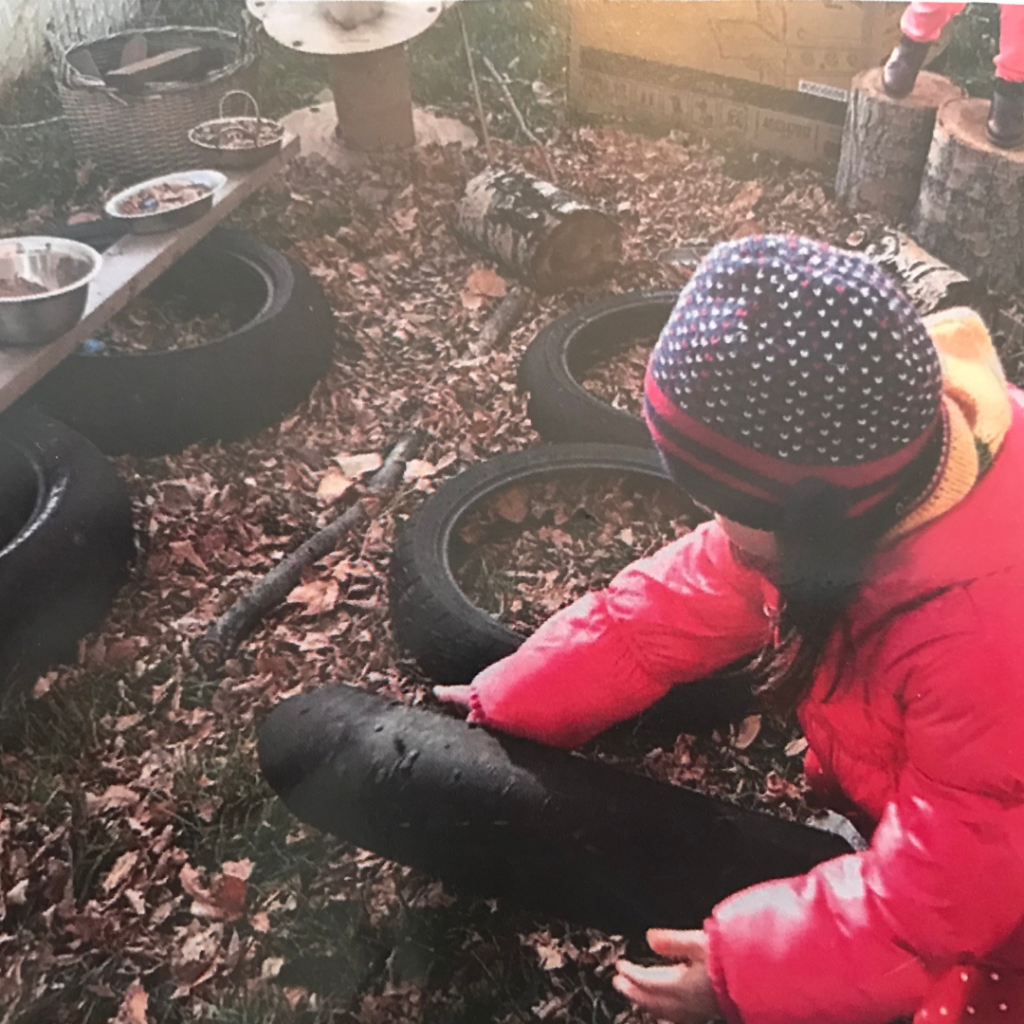
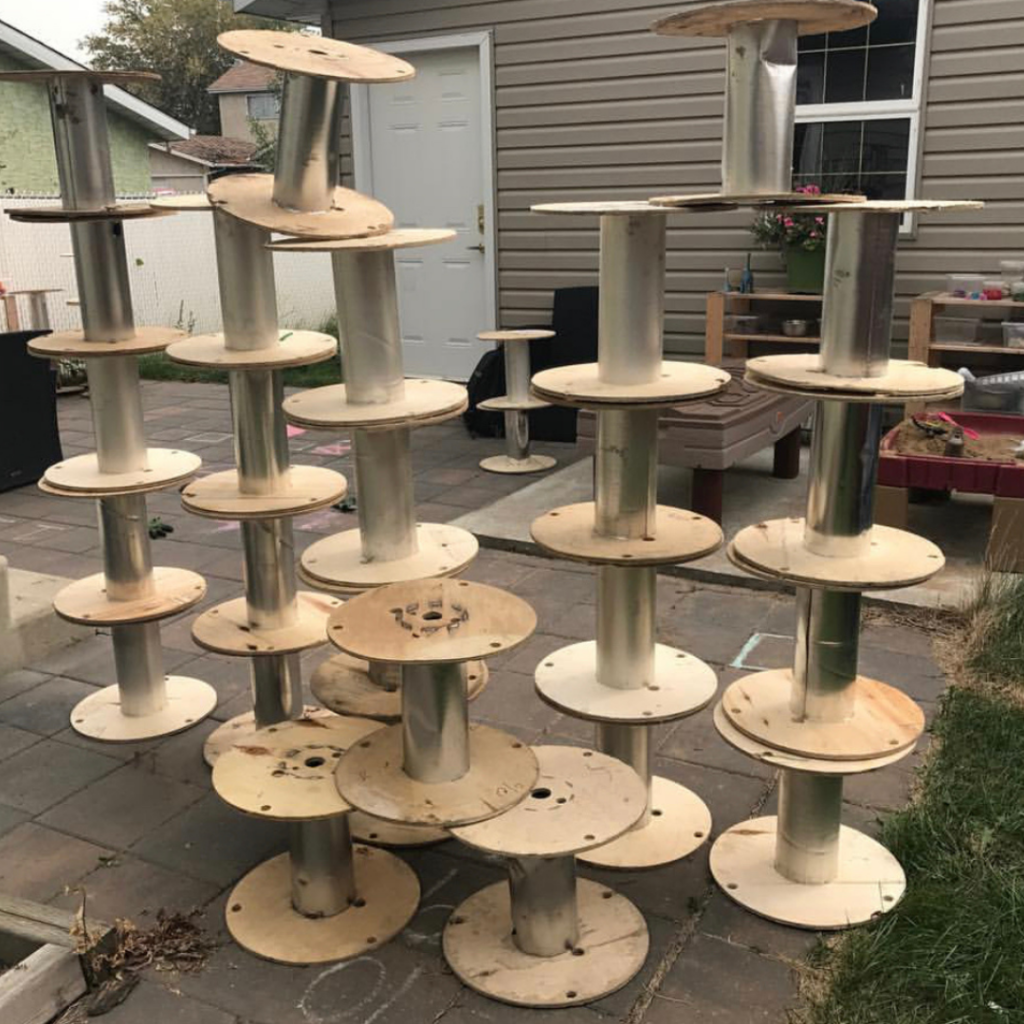
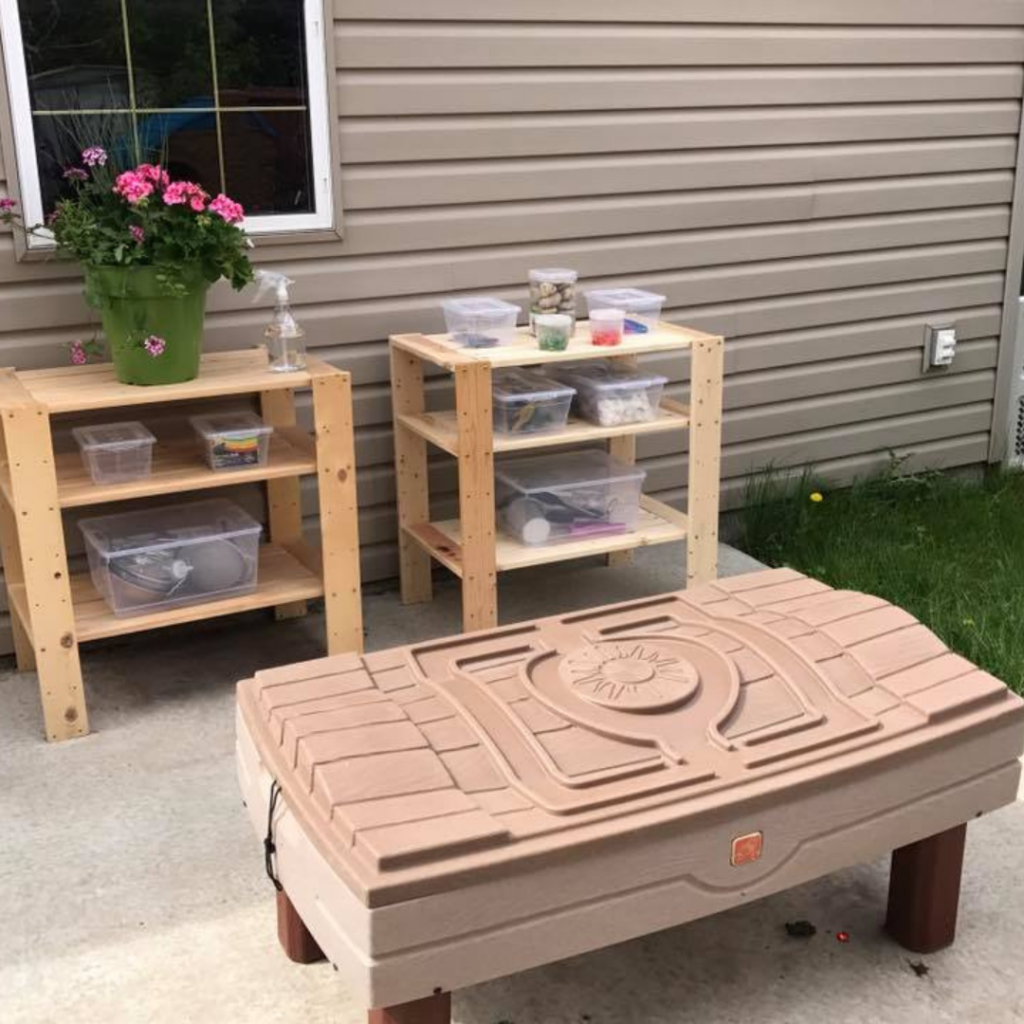
10. STORAGE IDEAS
Creating a system to organize and store all of your materials is key to not loosing items and forgetting what you own. One strategy that is super helpful is using clear storage containers for loose parts creates a visually appealing and organized learning environment. You can find economical storage bins and ideas from Dollarama, second hand use stores and your local department store.
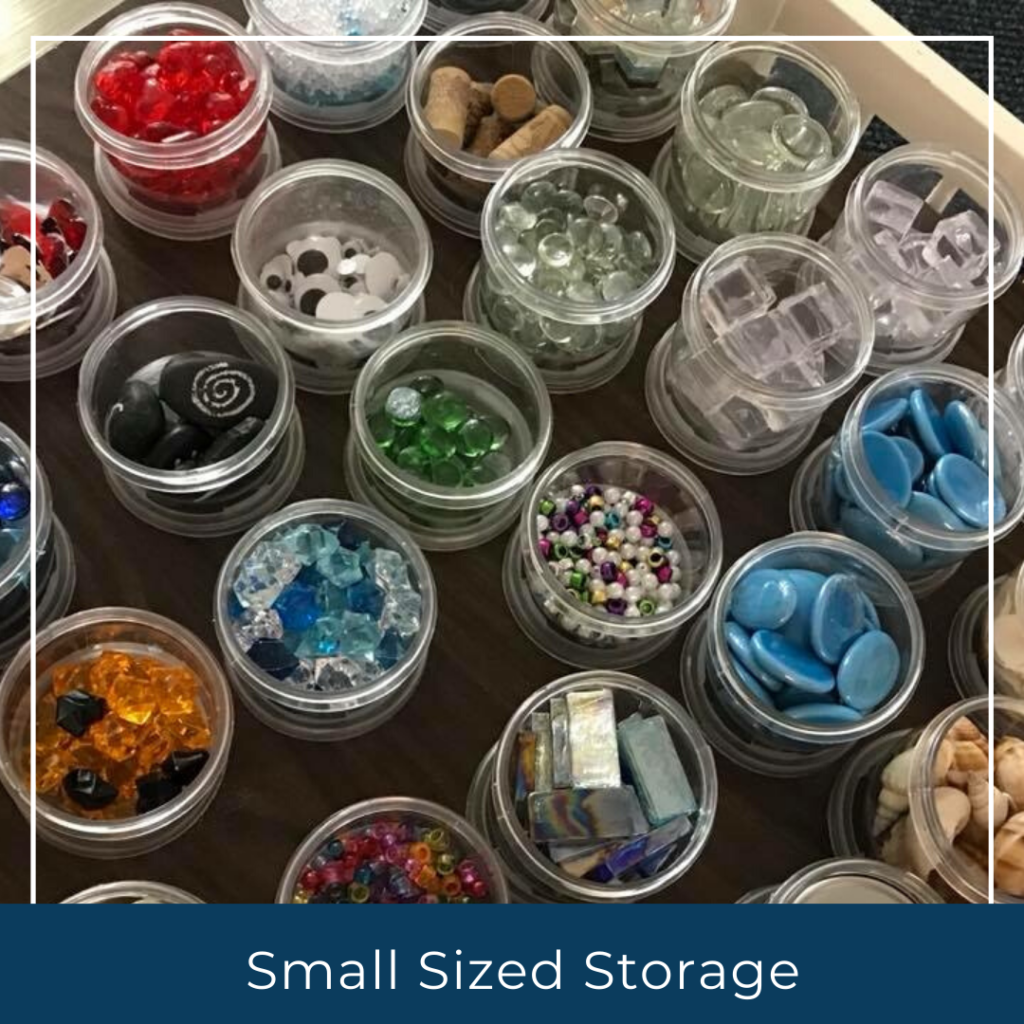
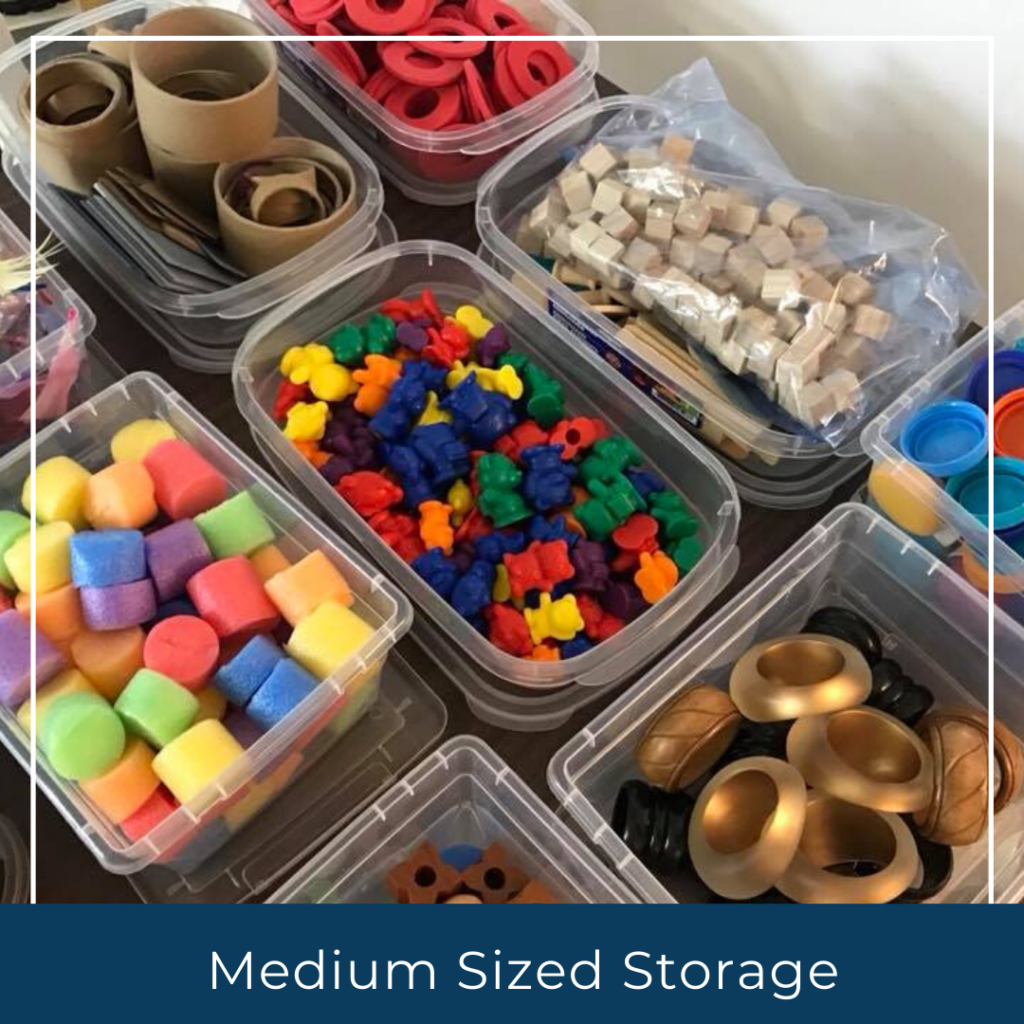

FREE GUIDE FOR YOUR EARLY LEARNING ENVIRONMENT
Curating an early years learning environment that works for you and children is key to a meaningful and rich experience for everyone. I hope you enjoyed these 10 Tips and I would love to see and hear how you used them in your practice. Download your FREE guide and begin to curate your early learning environment to work for you, as your third teacher!
Hey there!
I'M VERONICA
I am an Early Childhood Consultant and very passionate about supporting and inspiring my fellow Educators. I will share my reflections and experiences about implementing my philosophy, views, and ideas into my practice.
COFFEE & BOOK LOVER
find more on
stay connected
10 Tips For Your Early Years Environment
Leave a Reply Cancel reply
ENDLESS POSSIBILITIES OF
loose parts play
ON-DEMAND FREE TRAINING
Unlock the possibilities to simplify your planning, become proactive with behaviours & enjoy your role again! I'll guide you to find the beauty in loose parts play.
DISCOVER THE POSSIBILITIES!
I'M VERONICA.
EARLY YEARS CONSULTANT
Here to help you simplify planning, understand behaviours & build strong relationships...all with the magic of loose parts!
ENGAGE YOUR CURIOSITY
MY EARLY YEARS JOURNEY
THE MODERN EDUCATOR TOOLKIT
WORKSHOP (LIVE & REPLAYS)
CUSTOM TEAM PD BUNDLE
POSSIBILITIES OF LOOSE PARTS TRAINING
CONTACT
get your
guide!
Wanna know how to GET STARTED with these magical materials?
find out right here!
back to top
WEEKLY EMAIL
join the
let's stay connected...
Only inspiration & support will drop in your inbox. Unsubscribe at anytime.
CLOSE
I'M VERONICA.
Here to help you simplify planning, understand behaviours & build strong relationships...with the magic of loose parts!
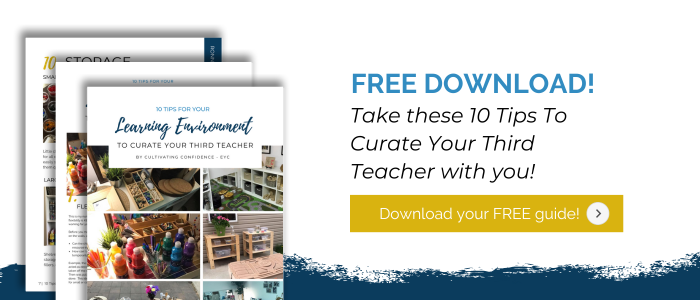
VERONICA
POSTED BY:
also known as Ronnie!
SPECIAL NEEDS MOMMA &
EARLY CHILDHOOD CONSULTANT
Inspiring and mentoring my fellow educators how to use loose parts to enhance all aspects of their practice. I share my dual roles of educator & momma and how our autistic son has shown me so many new perspectives.
read about my early years journey